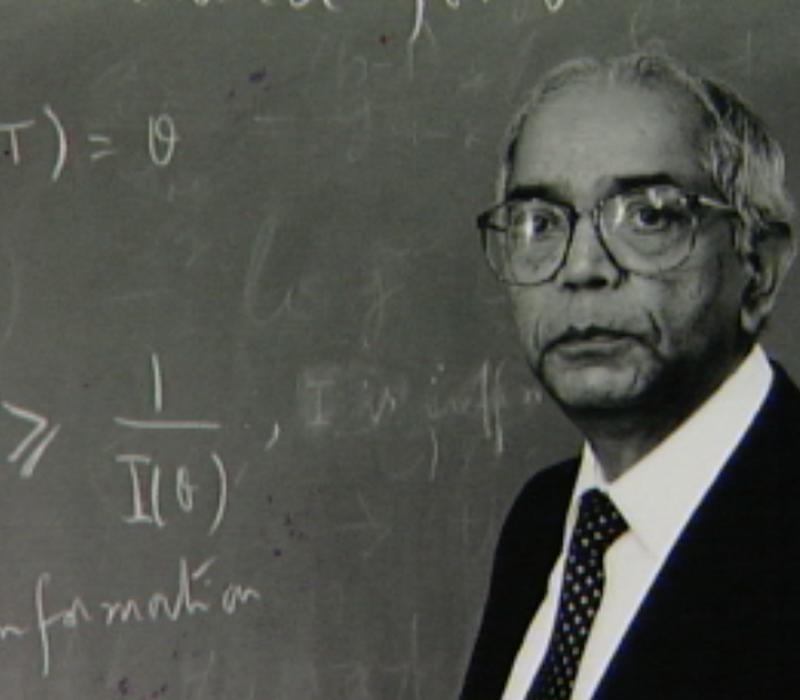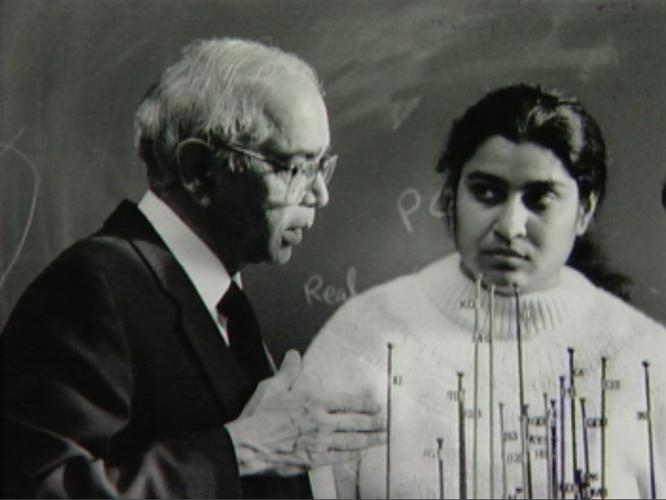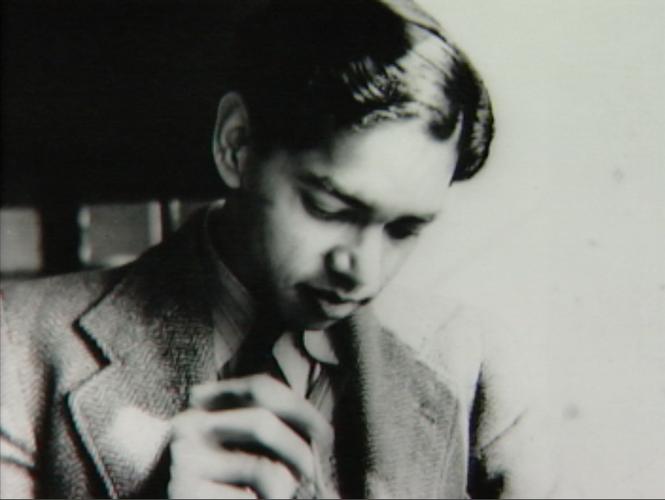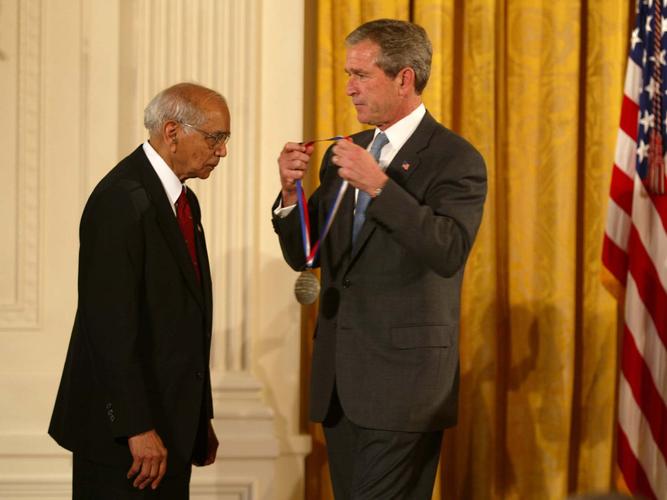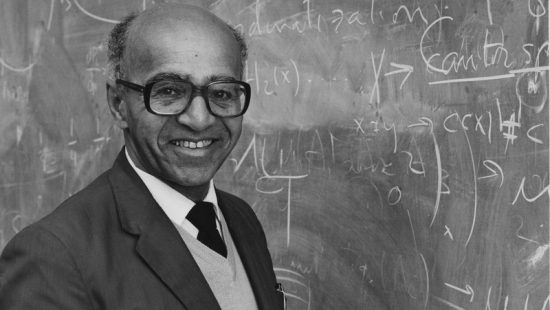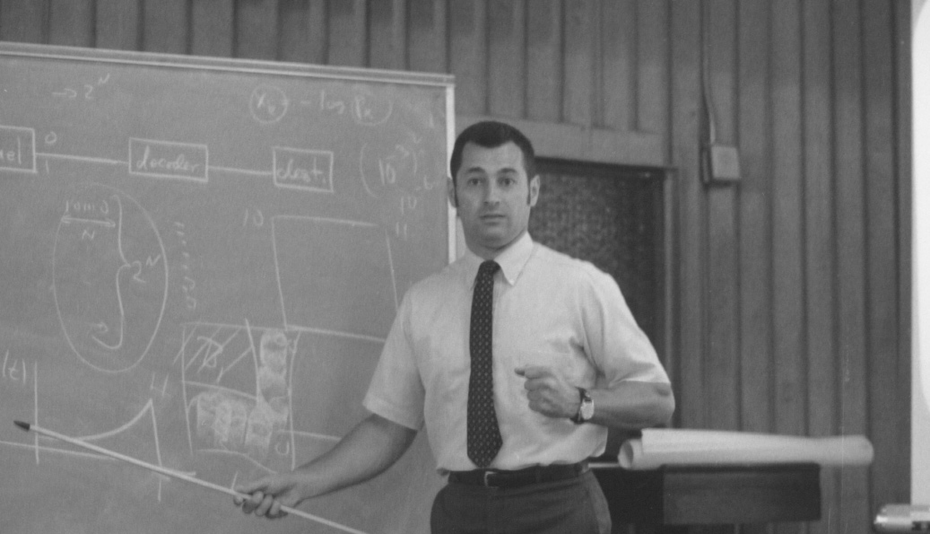C. R. Rao’s name adorns an impressive number of statistical terms: Rao Distance, Rao’s Score Test, Cramer-Rao Inequality, Rao-Blackwellization, and the Fisher-Rao Theorem. Rao, himself, however, was not born quite so renowned; the eighth in a family of ten children, he had to work to stand out. Rao, who was born in India in 1920, acquired a remarkable number of degrees, starting with an M.Sc in mathematics from Andhra University in 1941, an M.A. in statistics from Calcutta University in 1943, and a Ph.D. from King’s College in Cambridge University in 1948. Rao went on to become one of the greatest statisticians in history, described by the American Statistical Association as “a living legend” whose work has had far reaching implications for a variety of scientific fields. Rao’s contributions cannot be easily quantified to a single discovery or revelation. The author of 14 books and more than 400 journal articles, his work has had significant influence on areas as diverse as anthropology, demography, medicine, and of course, statistics itself.
By Sara Grossman

